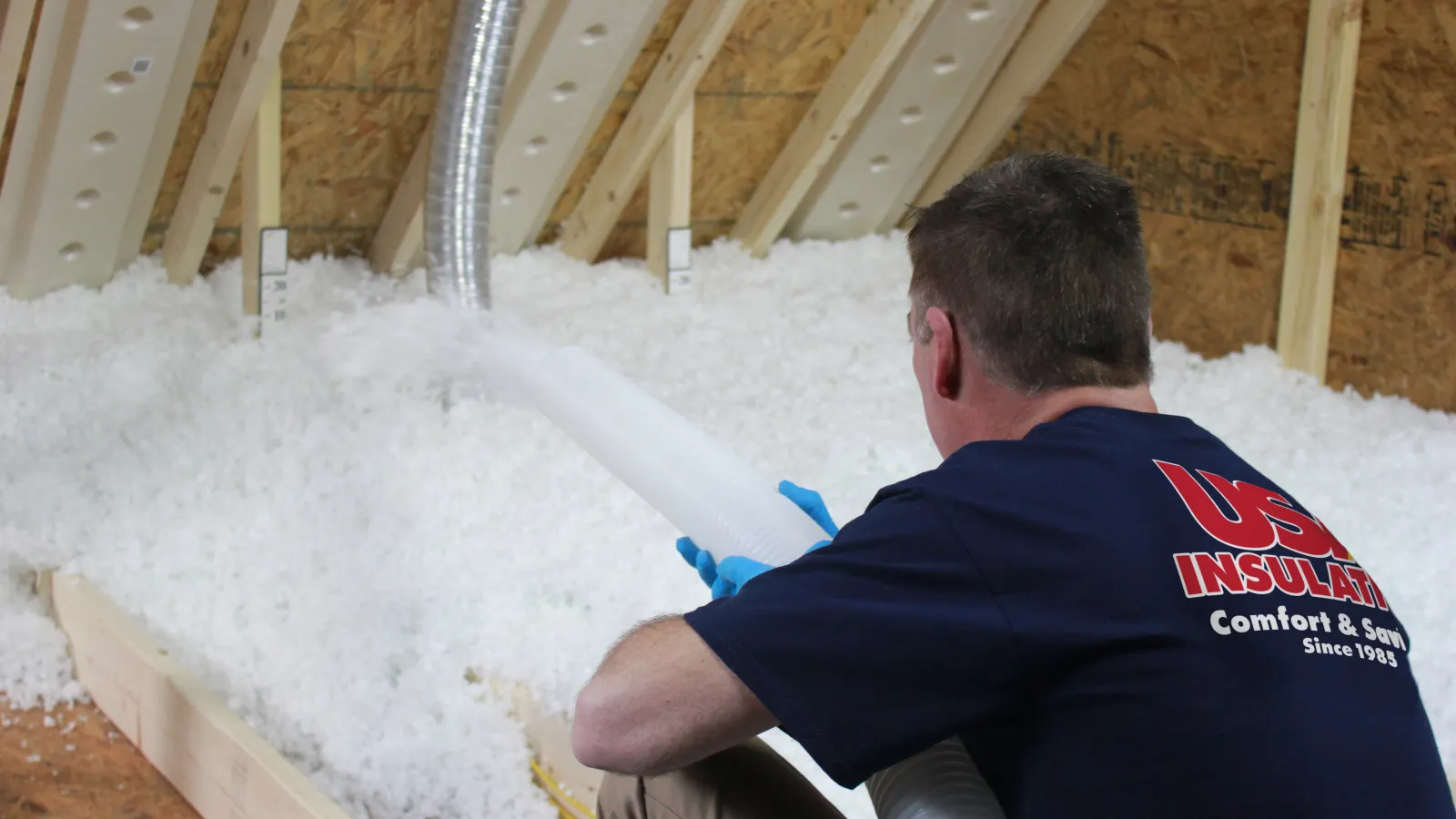How Long Does Insulation Last? A Homeowner's Guide
Insulation's lifespan is crucial for maintaining an energy-efficient and comfortable home. Types such as fiberglass, blown-in, spray foam, cellulose, and foam board vary significantly in durability and effectiveness. Understanding these lifespans helps homeowners plan for maintenance and replacements, prevent energy loss, reduce costs, and avoid structural issues related to moisture damage.
Types of Insulation and Their Lifespans
Fiberglass Insulation
Fiberglass insulation is known for its impressive longevity, typically lasting between 80 to 100 years. However, its effectiveness can be compromised by factors such as moisture exposure and settling over time, typically between 15-20 years. These issues may necessitate maintenance or replacement before the end of its potential lifespan.
Blown-In Insulation
Blown-in insulation, available in fiberglass and cellulose varieties, generally lasts 20 to 30 years. Fiberglass tends to be the more durable option, while cellulose is more sensitive to humidity, which can affect its longevity in certain climates.
Spray Foam Insulation
Spray foam insulation comes in two types: closed-cell and open-cell. Closed-cell spray foam is exceptionally durable, lasting up to 80 years or more. Open-cell spray foam has a shorter lifespan of about 20 years. Both types excel in gap-filling, providing excellent insulation by expanding to fill cracks and crevices.
Cellulose Insulation
Cellulose insulation, made from recycled paper products, typically lasts between 20 to 30 years. Its main weakness is its susceptibility to moisture damage, which can significantly reduce its lifespan and effectiveness if not properly managed.
Foam Board Insulation
Foam board insulation, including types such as polystyrene, polyisocyanurate, and polyurethane, has a lifespan of 30 to 50 years. This type of insulation stands out for its moisture resistance and high thermal resistance, which contribute to its longevity and effectiveness in various applications.
Why Insulation's Lifespan Matters
Understanding insulation longevity is crucial for homeowners for several reasons. Mainly because it allows for better maintenance and replacement planning, ensuring that insulation remains effective throughout its lifespan. This proactive approach helps avoid unexpected costs and maintains the home's energy efficiency.
Secondly, knowledge of insulation lifespan aids in managing energy costs. Well-maintained insulation prevents energy loss, keeping heating and cooling expenses in check.
Also, it contributes to maintaining indoor comfort. Properly functioning insulation ensures consistent temperatures throughout the home, eliminating cold spots and drafts.
Lastly, understanding insulation lifespan helps prevent structural issues caused by moisture. Timely replacement or repair of degraded insulation can protect the home from water damage, mold growth, and other moisture-related problems that can compromise the building's integrity.
Signs of Aging: Settling, Reduced Effectiveness
One of the most common signs of aging in blown-in fiberglass insulation is settling. This can create gaps and reduce the insulation's overall R-value, leading to drafts and higher energy bills. Homeowners may notice that their heating and cooling systems work harder to maintain a comfortable temperature.
Thinking About Re-Insulating?
Think your house may need to be re-insulated? Maybe your energy bills are a little higher than you'd like? Contact us at USA Insulation today to schedule a professional inspection.
Our team of experts can assess your current insulation, provide recommendations, and offer top-quality solutions to enhance your home's energy efficiency and comfort.
Don't wait until small issues become big problems—reach out to us now and take the first step towards a more energy-efficient and comfortable home.



